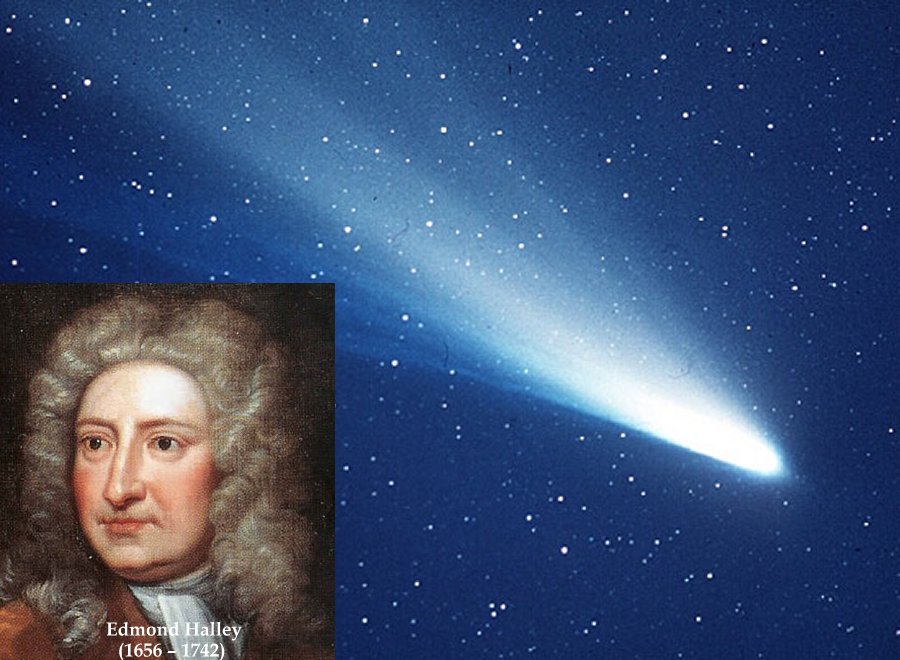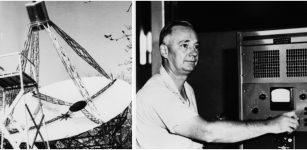On This Day In History: 15th Recorded Perihelion Passage Of Halley’s Comet – On Feb 27, 837
MessageToEagle.com – On February 27, 837, there was the 15th recorded periphelion passage of the famous Halley’s Comet. That year the comet came within 3.7 million miles (six million km) of the Earth.
The comet is named after Edmond Halley, English astronomer, who examined reports of a comet approaching Earth in 1531, 1607 and 1682.

He concluded that these three comets were actually the same comet returning over and over again, and predicted the comet would come again in 1758.
Halley discovered that it had an orbit that brought it back to Earth approximately every 76 year.
Approximately every 76 years, Halley’s Comet makes the journey from the regions out beyong Pluto to the center of our solar system.
The comet’s last recorded visit took place in 1986 and several space probes were within 37 miles (60 km) of the comet.

The first known observation of Halley’s took place in 239 B.C., according to the European Space Agency. Chinese astronomers recorded its passage in the Shih Chi and Wen Hsien Thung Khao chronicles.
When Halley’s returned in 164 B.C. and 87 B.C., it probably was noted in Babylonian records now housed at the British Museum in London. Halley’s most famous appearance occurred shortly before the 1066 invasion of England by William the Conquerer.
Another appearance of the comet in 1301 possibly inspired Italian painter Giotto’s rendering of the Star of Bethlehem in “The Adoration of the Magi,” according to the Britannica.
The comet’s pass in 1910 was particularly spectacular, as the comet flew by about 13.9 million miles (22.4 million kilometers) from Earth, which is about 1/15 the distance between Earth and the Sun.
On that occasion, Halley’s was captured on camera for the first time.
The next visit of the comet will take place in 2061.
First version of this article was originally published on February 27, 2016.
MessageToEagle.com
Expand for references









